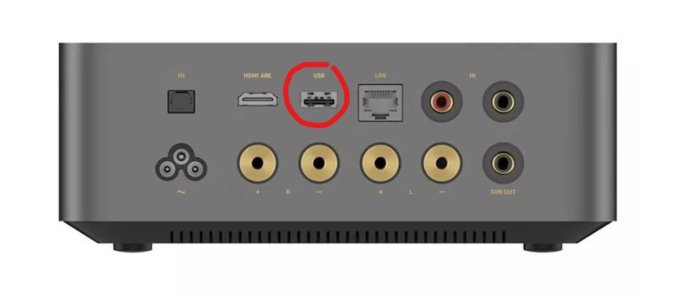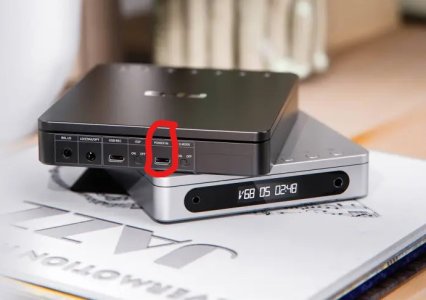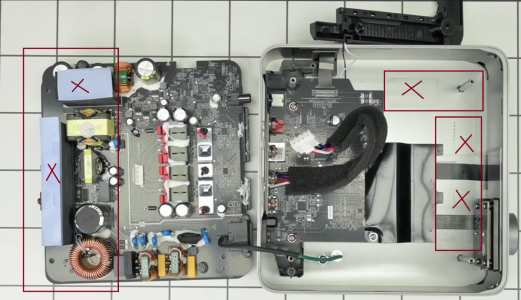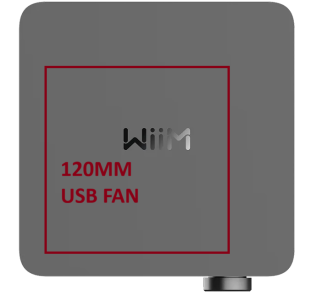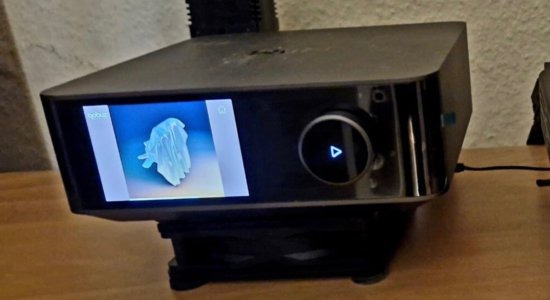Just to clarify my statements - I don't think the Amp Ultra is one of the best amplifiers in the world. There are absolutely amplifiers that are more powerful and/or which measure better across various metrics.
On the contrary, my opinion is that there's no such thing as "the best amplifier" - just amps that are suitable for a specific purpose, and those that aren't. In any case, audio performance is surely not the
only factor that influences purchase decisions - and that is perfectly fine.
WiiM Amp Ultra is a nice package that will probably be a good fit in many cases, but definitely not in every imaginable case.
That all being said, the intention of my responses was just to point out that the WiiM Amp Ultra damping factor is not likely to be an issue, because it is high enough not to introduce significant frequency response deviation with complex loads.
There are of course amps with higher damping factors, but one has to ask when is the damping factor high enough? No amp has infinite damping factor, because real voltage sources can't have zero output impedance.
At this point it may be useful to link to
this nice article by Benchmark (who seem to be proponents of very high damping factors, BTW), and this screenshot from their damping factor calculation spreadsheet:
As we can see, with 8Ohm nominal speaker, connected with 10ft of 11AWG wire, specific damping factor (DF) results in the following total frequency response (FR) errors:
- DF >~25 results in FR error <1 dB
- DF >50 results in FR error <0.5 dB
- DF >125 results in FR error <0.25 dB
- DF ~1000 is needed for the error to go below 0.1 dB
We can see how the relation is not linear, and how DF needs to increase disproportionately for progressively smaller improvements in frequency response error. E.g. if we look at DF=100 vs DF=1000 we see we're talking about an error difference of just 0.2dB for a DF that is one order of magnitude higher.
At this point I can suggest to readers to try and experiment with PEQ to get a sense of audibility of such low-level FR deviations - e.g. try listening with and without a -0.2dB PK PEQ filter at 150Hz with Q of let's say 0.7.
In case some find it interesting, in
this old ASR post I wrote about damping factor and explained how it results in frequency response error due to simple frequency-dependent voltage division.
Another thing that is probably worth mentioning is that the frequency response error that is introduced by the amp-speaker impedance interaction (related to damping factor) can be completely corrected by EQ if one wishes to do so - though that would require first calculating or measuring the unique FR error, which is probably not trivial to do for most people. But again, considering the wider context of speaker response deviations and influence of room interaction, I don't believe this is really needed anyway.
None of this invalidates your subjective opinions, which you are of course free to share. I just find it important to provide data to readers so that they can do their own research and make their own minds.


